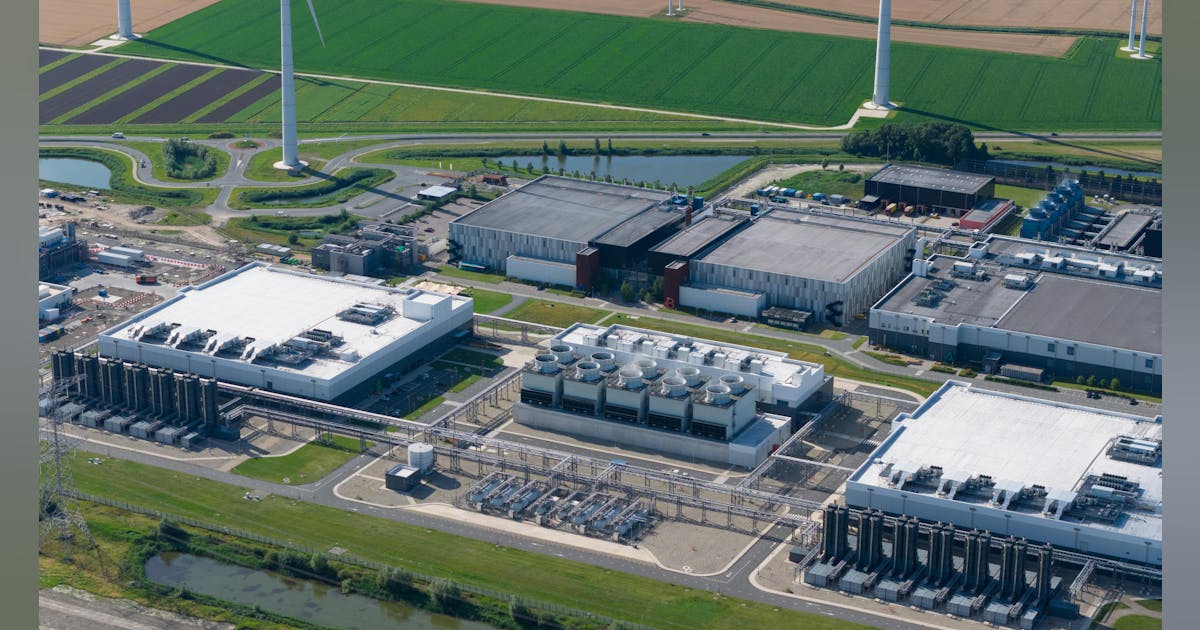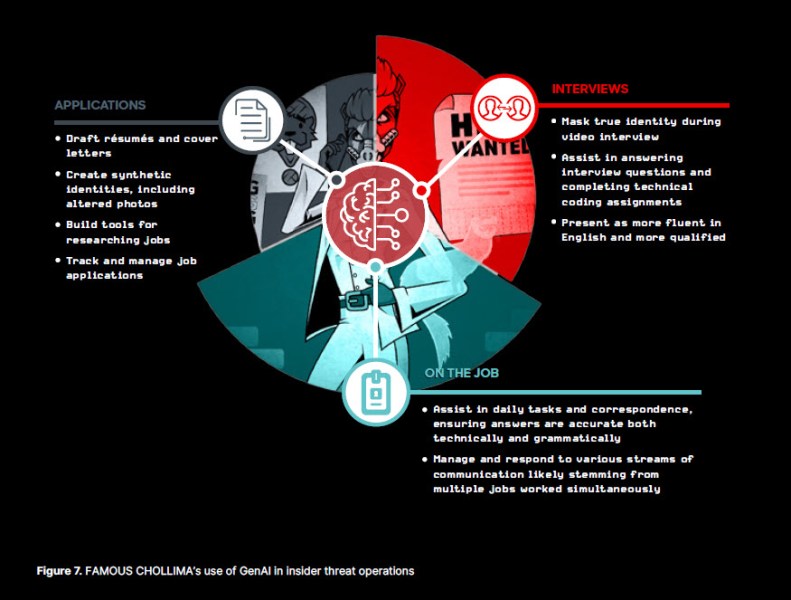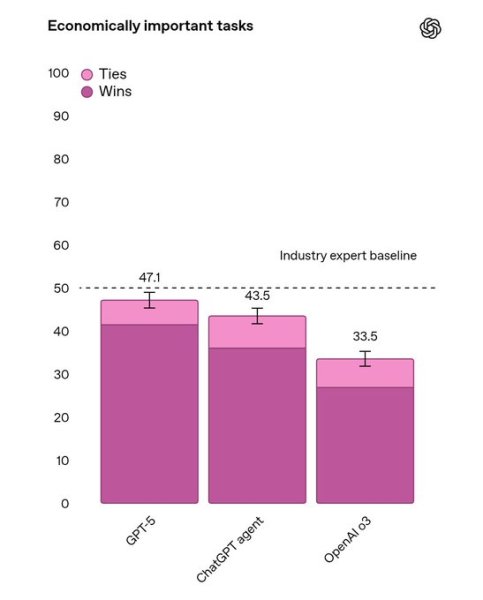Join our daily and weekly newsletters for the latest updates and exclusive content on industry-leading AI coverage. Learn More
Artificial intelligence will match the collective intelligence of “a country of geniuses” within two years, Anthropic CEO Dario Amodei warned today in a sharp critique of this week’s AI Action Summit in Paris. His timeline — targeting 2026 or 2027 — marks one of the most specific predictions yet from a major AI leader about the technology’s advancement toward superintelligence.
Amodei labeled the Paris summit a “missed opportunity,” challenging the international community’s leisurely pace toward AI governance. His warning arrives at a pivotal moment, as democratic and authoritarian nations compete for dominance in AI development.
“We must ensure democratic societies lead in AI, and that authoritarian countries do not use it to establish global military dominance,” Amodei wrote in Anthropic’s official statement. His concerns extend beyond geopolitical competition to encompass supply chain vulnerabilities in chips, semiconductor manufacturing, and cybersecurity.
The summit exposed deepening fractures in the international approach to AI regulation. U.S. Vice President JD Vance rejected European regulatory proposals, dismissing them as “massive” and stifling. The U.S. and U.K. notably refused to sign the summit’s commitments, highlighting the growing challenge of achieving consensus on AI governance.
Anthropic has positioned itself as an advocate for transparency in AI development. The company launched its Economic Index this week to track AI’s impact on labor markets — a move that contrasts with its more secretive competitors. This initiative addresses mounting concerns about AI’s potential to reshape global employment patterns.
Three critical issues dominated Amodei’s message: maintaining democratic leadership in AI development, managing security risks, and preparing for economic disruption. His emphasis on security focuses particularly on preventing AI misuse by non-state actors and managing the autonomous risks of advanced systems.
Race against time: The two-year window to control Superintelligent AI
The urgency of Amodei’s timeline challenges current regulatory frameworks. His prediction that AI will achieve genius-level capabilities by 2027 — with 2030 as the latest estimate — suggests current governance structures may prove inadequate for managing next-generation AI systems.
For technology leaders and policymakers, Amodei’s warning frames AI governance as a race against time. The international community faces mounting pressure to establish effective controls before AI capabilities surpass our ability to govern them. The question now becomes whether governments can match the accelerating pace of AI development with equally swift regulatory responses.
The Paris summit’s aftermath leaves the tech industry and governments wrestling with a fundamental challenge: how to balance AI’s unprecedented economic and scientific opportunities against its equally unprecedented risks. As Amodei suggests, the window for establishing effective international governance is rapidly closing.
Daily insights on business use cases with VB Daily
If you want to impress your boss, VB Daily has you covered. We give you the inside scoop on what companies are doing with generative AI, from regulatory shifts to practical deployments, so you can share insights for maximum ROI.
Read our Privacy Policy
Thanks for subscribing. Check out more VB newsletters here.
An error occured.





















